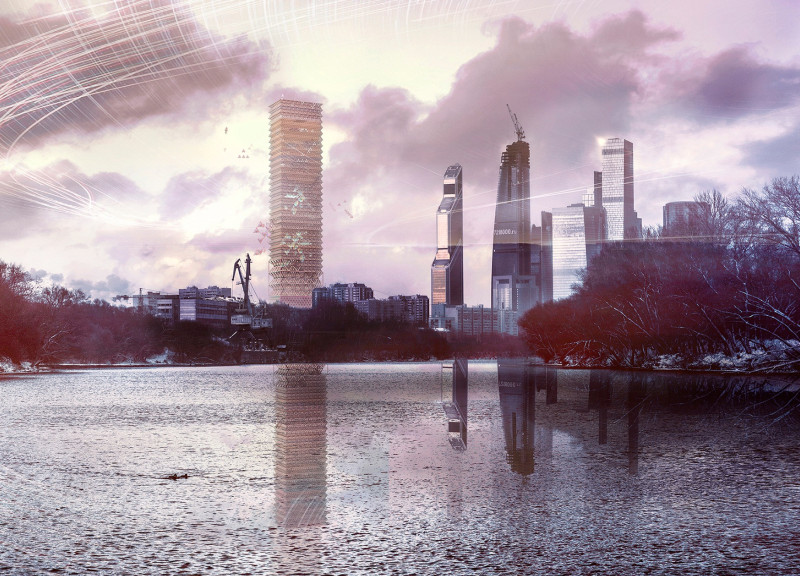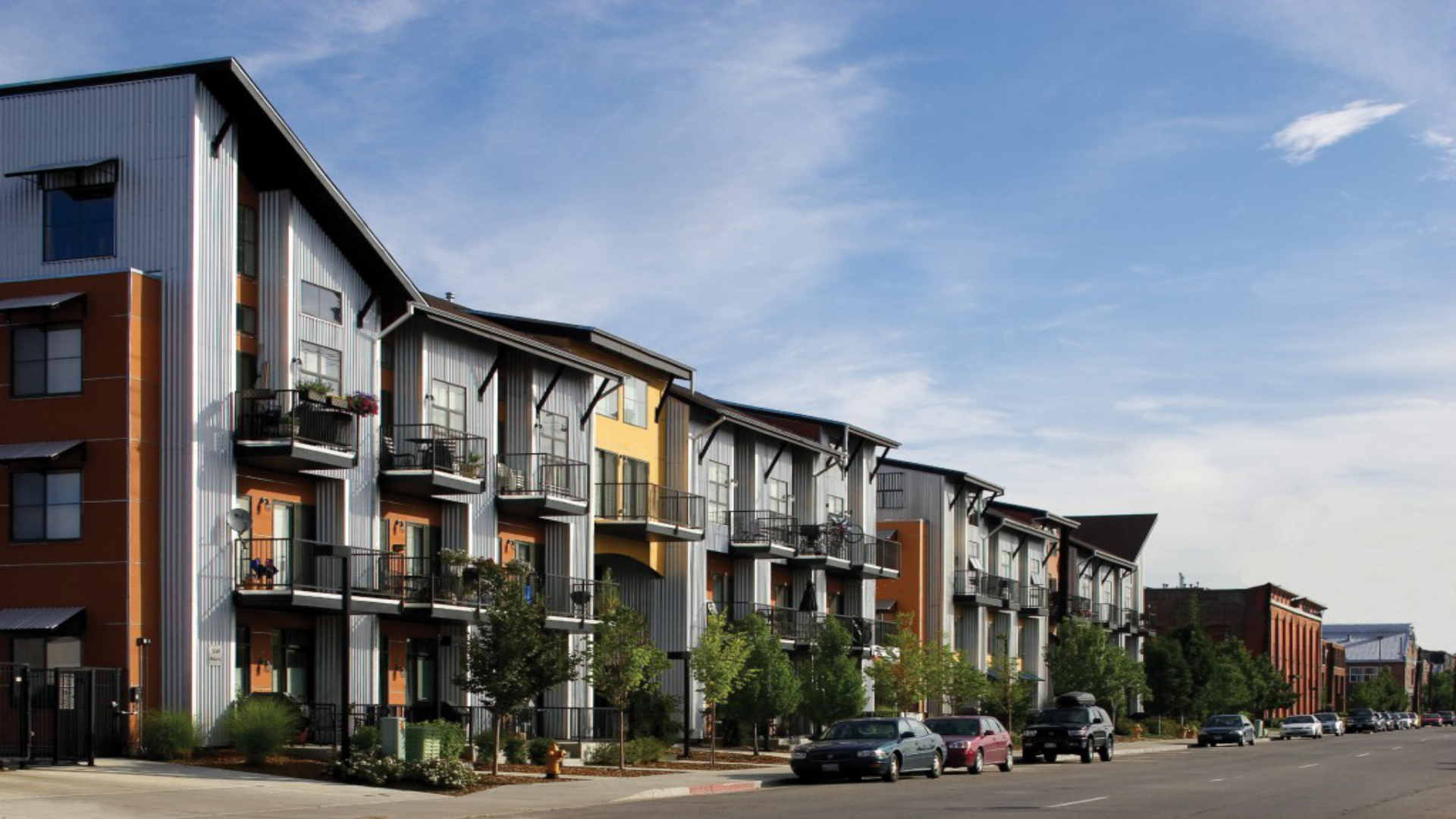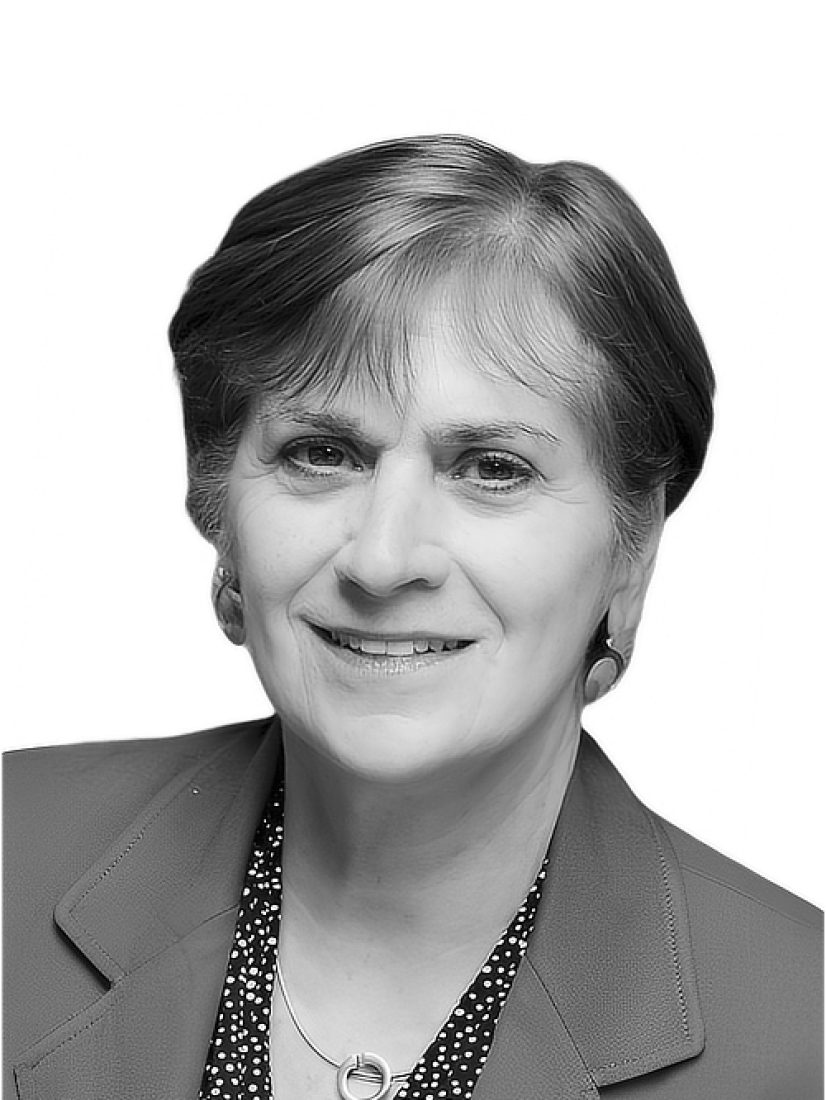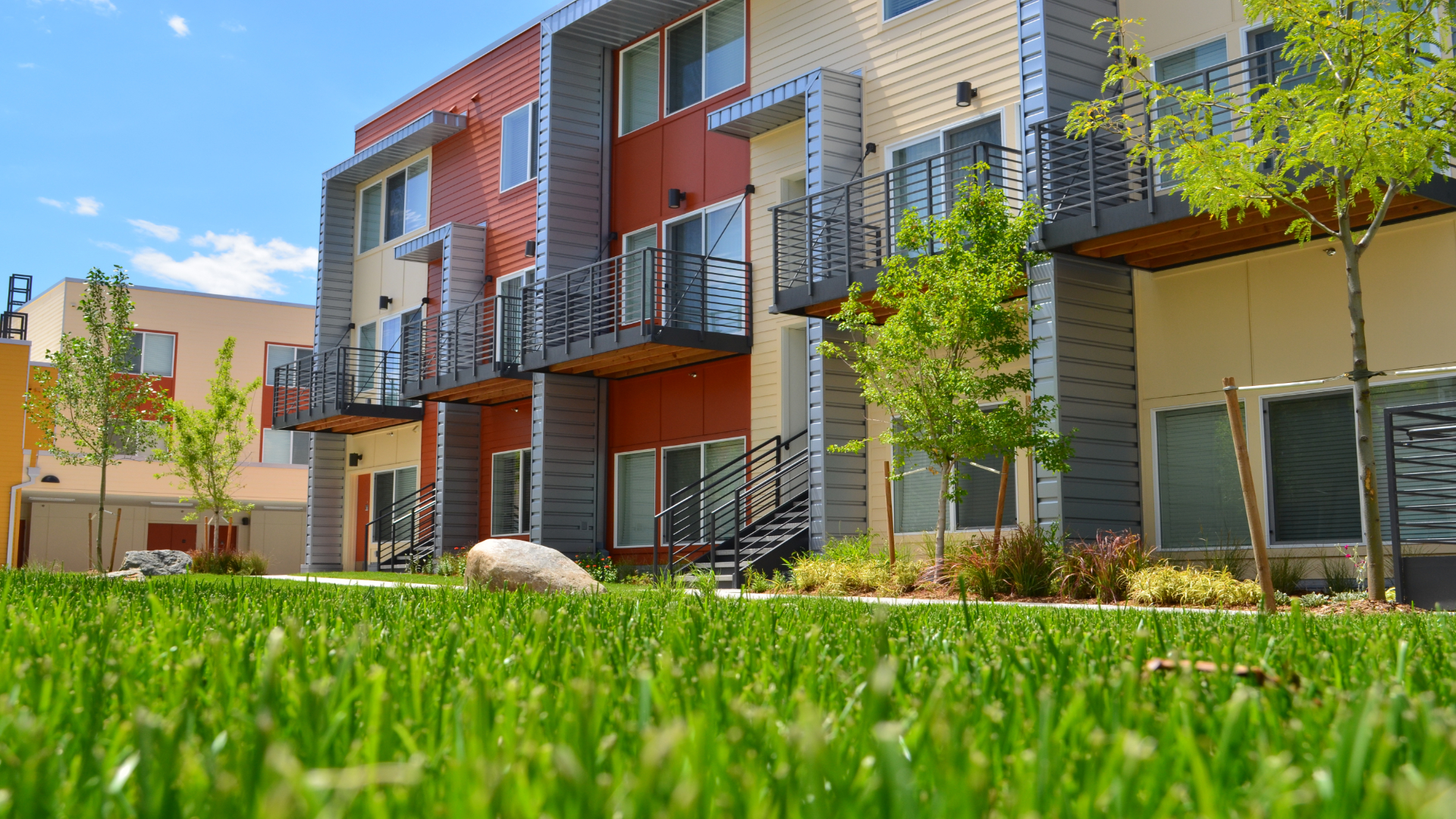5 key facts about this project
The architectural design is located in the Moscow City International Business Center and represents a synthesis of urban living and working environments encapsulated within a high-rise structure. The project features a tower with a height of 360 meters and a square footprint of 60 meters on each side. It integrates diverse functional spaces, comprising residential units, office spaces, and communal areas. By employing a modular approach, the design accommodates a variety of living and working needs, enabling adaptability and efficiency in urban space utilization.
The building consists of three types of capsules: large, medium, and small, designed to foster a micro-community within the larger context of the city. The capsules serve different purposes, catering to individual lifestyles and work practices, which enhances urban social interactions.
Unique Modular Design Approach
A key feature of the project is its modular design, which facilitates customization of living units and working spaces. The use of hexagonal and circular geometries enhances the structural integrity while promoting a fluid transition between areas. This design minimizes rigid compartmentalization, encouraging residents and workers to engage with their environment dynamically. The layout focuses on interconnected paths, allowing easy navigation and fostering collaboration among occupants. This design responds to contemporary needs, promoting multifunctional spaces that adapt to various activities.
Innovative Material Selection
The choice of materials further distinguishes the project. The predominant use of glass in the façade offers transparency and creates a visual connection to the external environment. Steel provides essential structural stability, while modular panels allow for customizable arrangement of interior spaces. Additionally, the incorporation of biodegradable materials underscores a commitment to ecological sustainability, aligning with modern design philosophies that prioritize environmental responsibility.
Exploring Architectural Elements
The architectural plans detail efficient zoning, separating residential, workplace, and leisure areas while maintaining connectivity. Each level's layout is designed to maximize usability, ensuring that both privacy and community engagement are balanced. The integration of ancillary facilities, such as food and beverage outlets and biofuel greenhouses, enhances user experience and aligns with contemporary ecological practices in urban design.
For further insights, please explore the architectural plans, sections, and designs accompanying this project. This examination will provide deeper understanding into the innovative architectural ideas and functional elements that define the vision of this urban high-rise.



















































